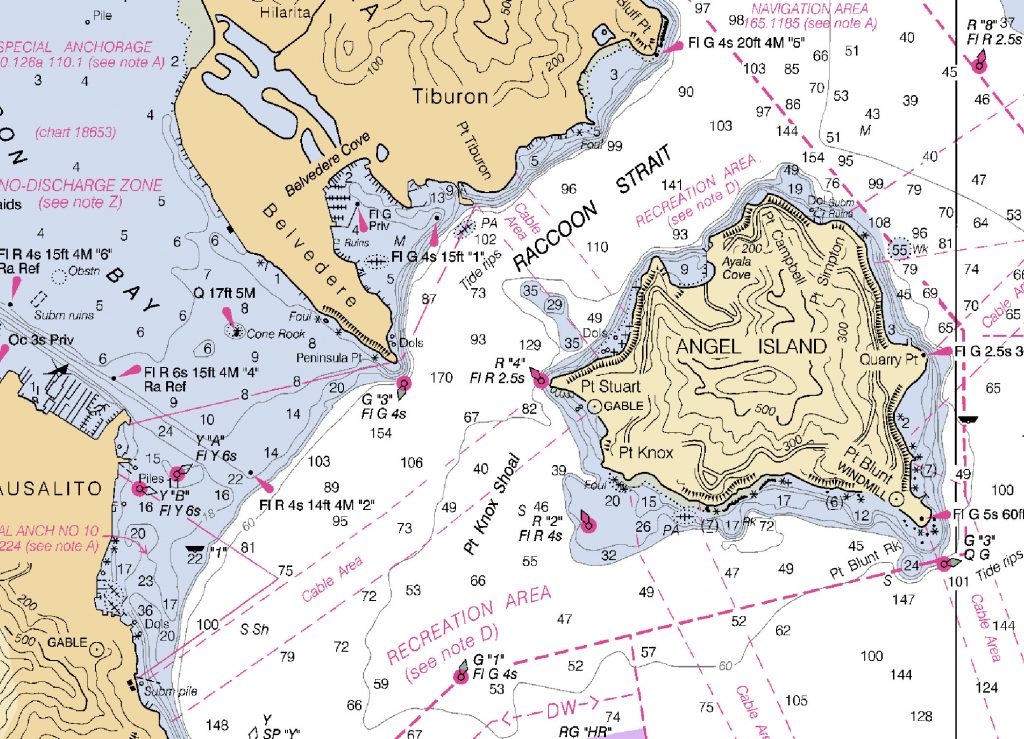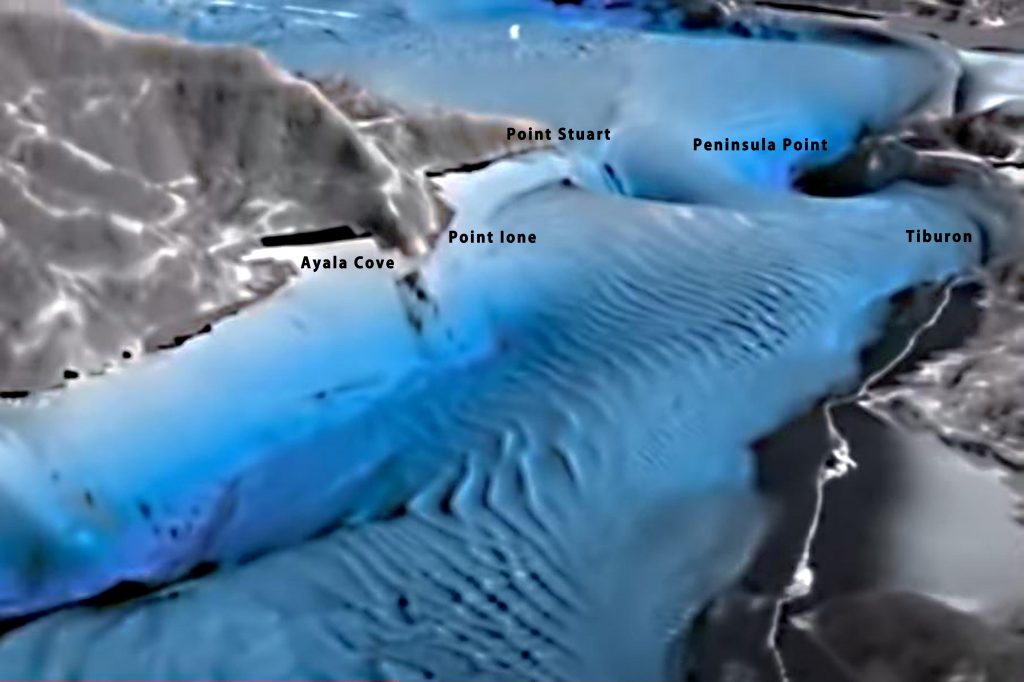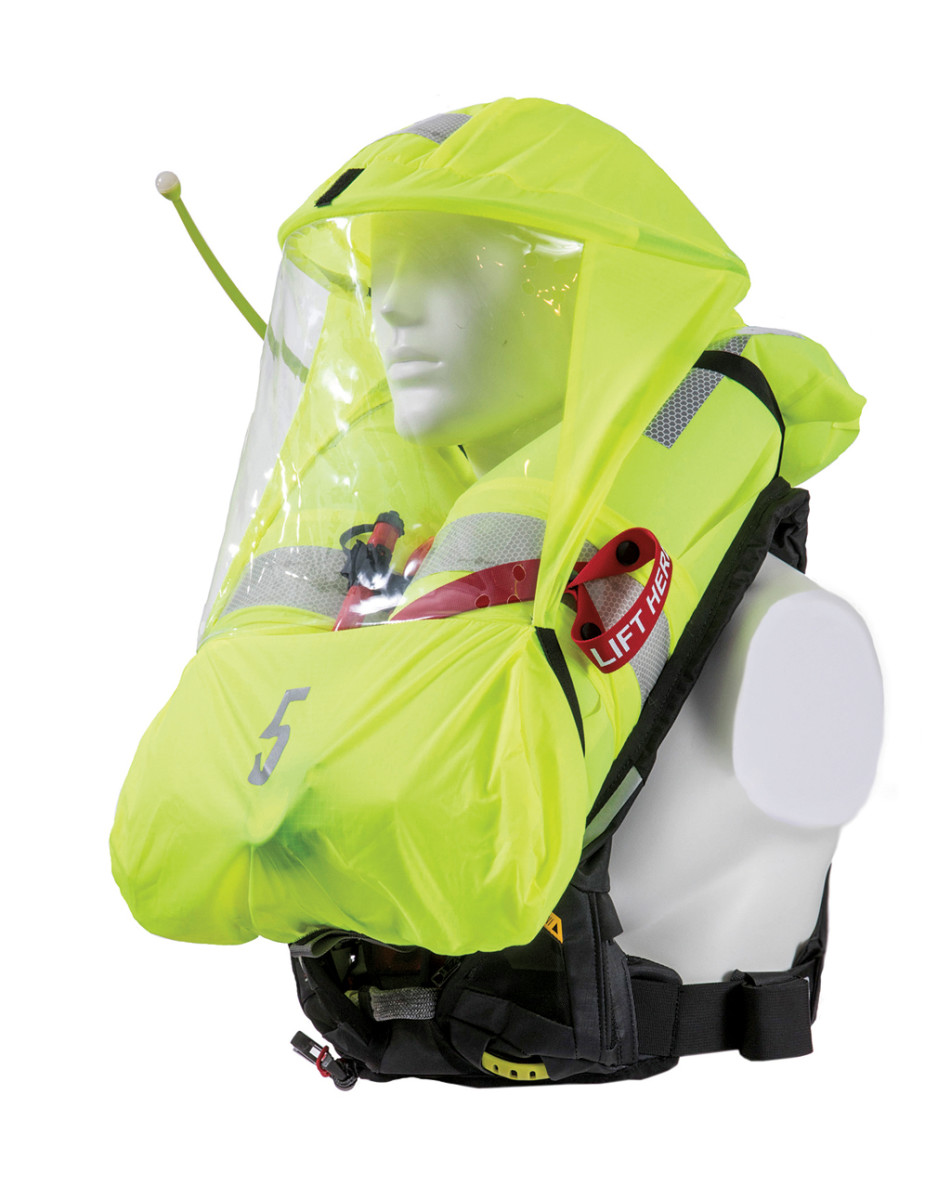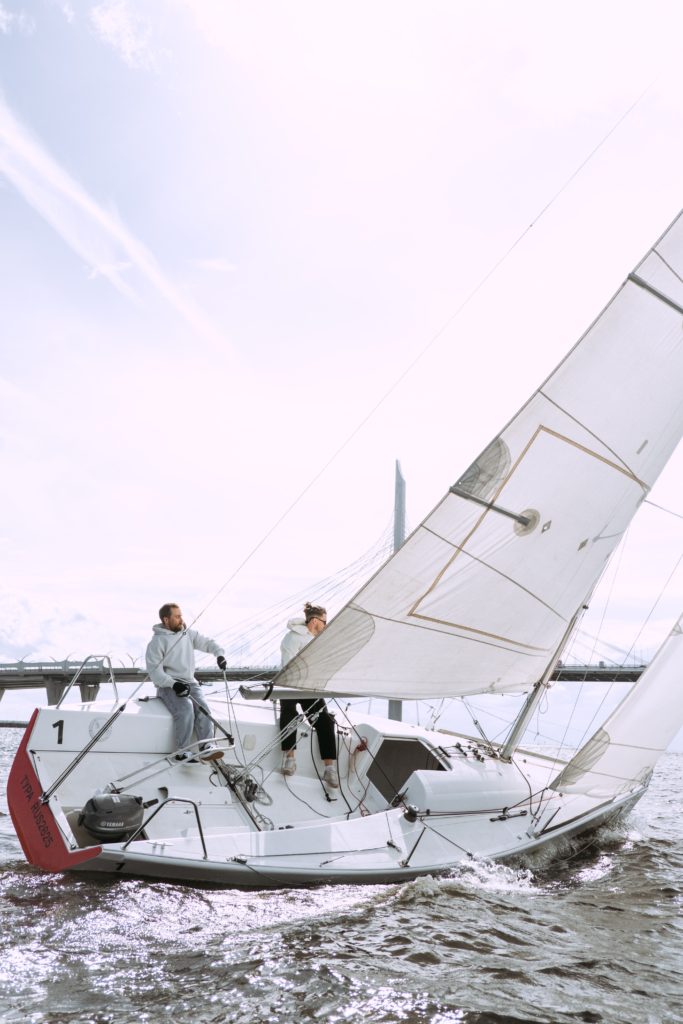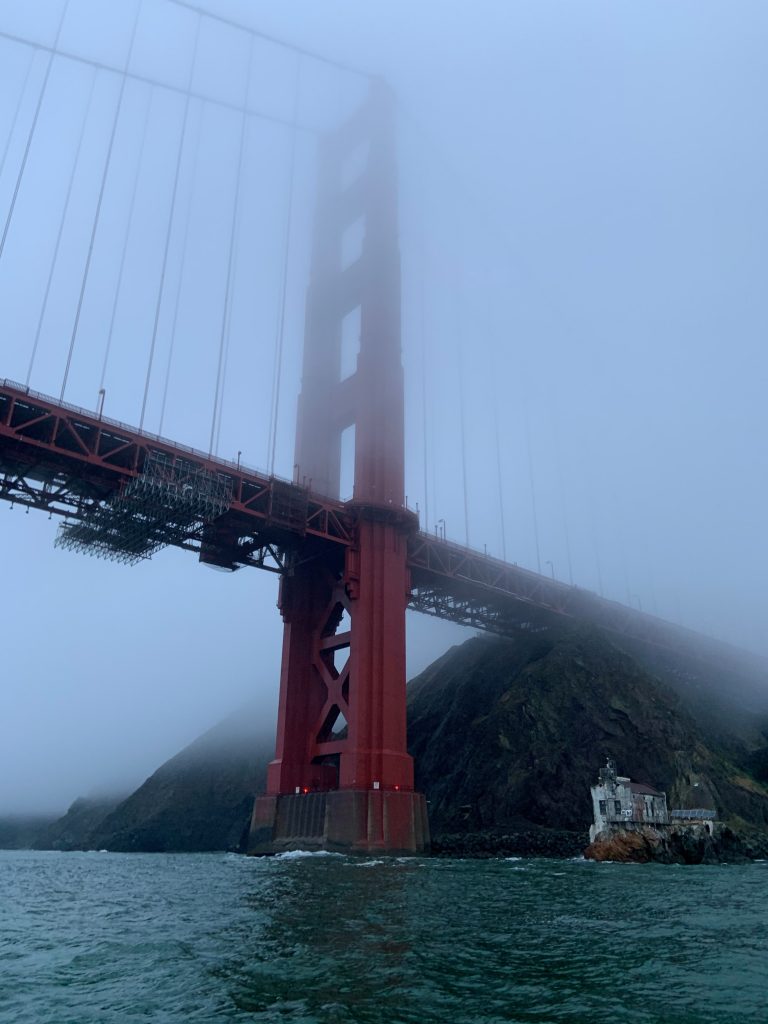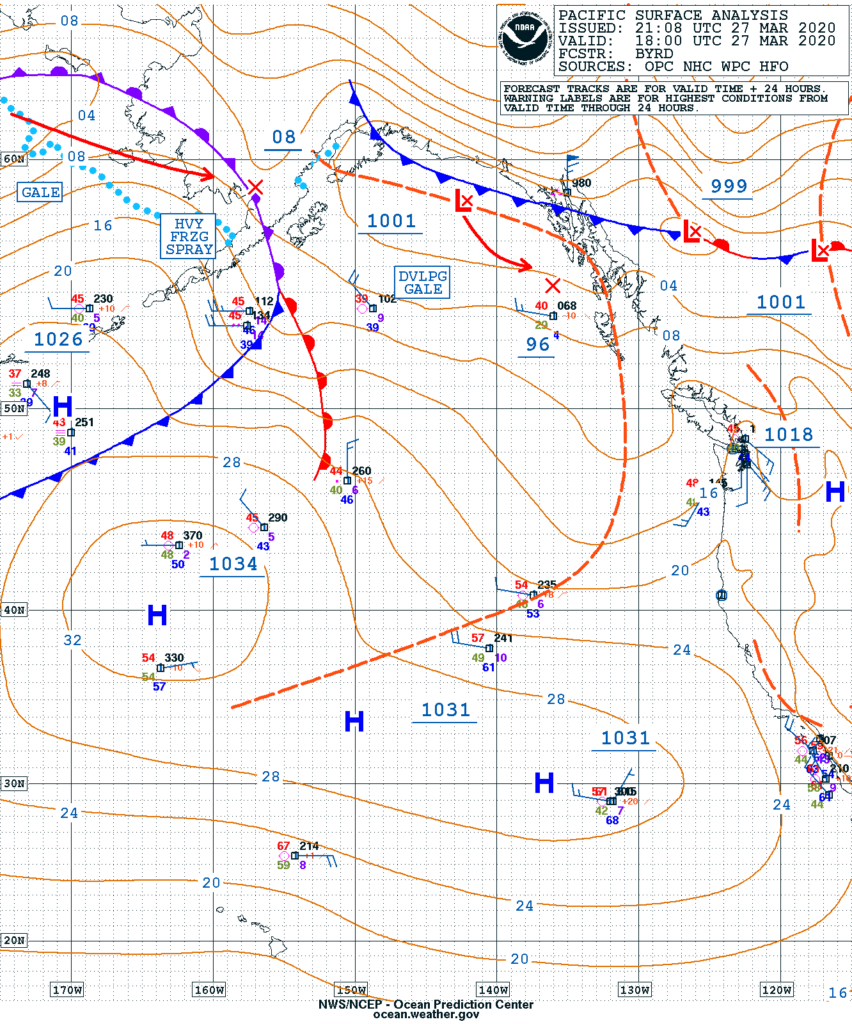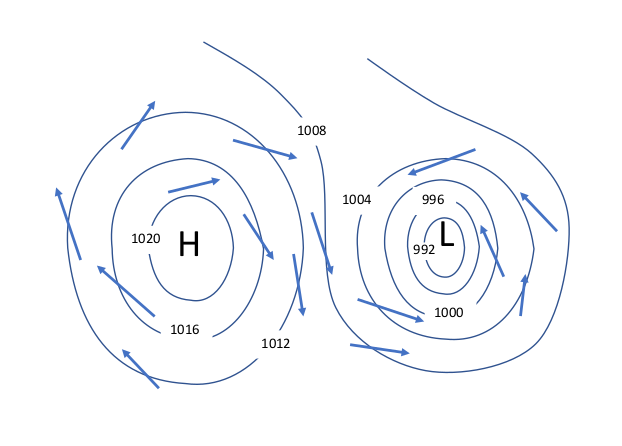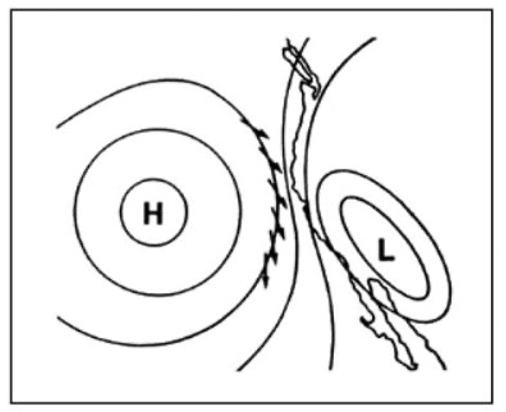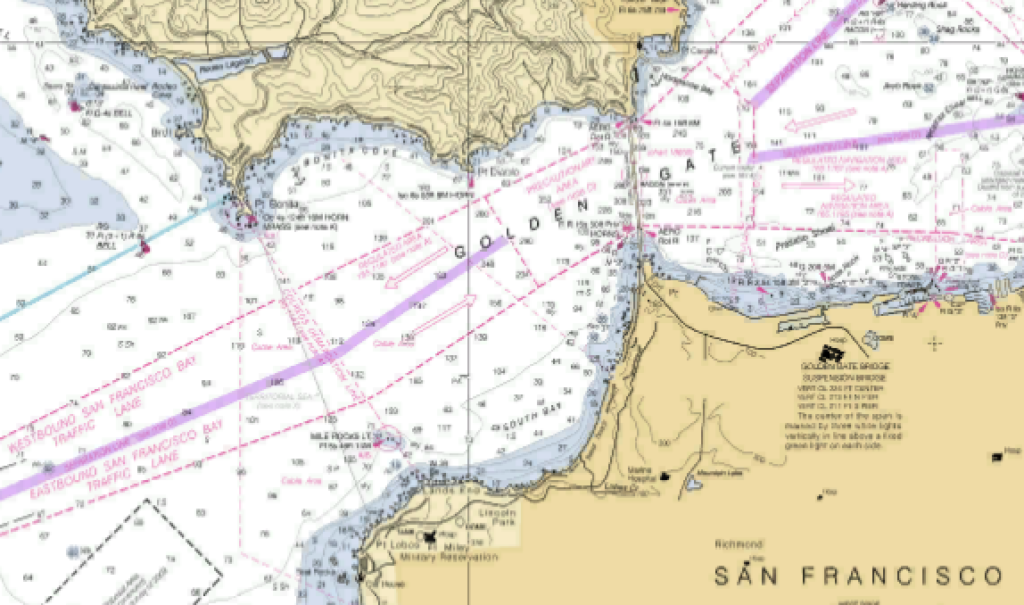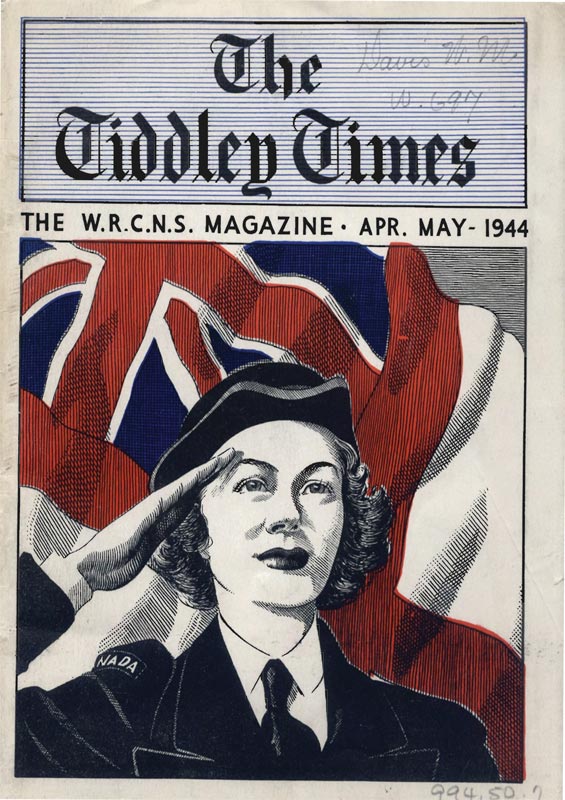I’d like to add some more personal, subjective points to Don’s excellent recent article about our local sailing conditions, that make San Francisco Bay the world’s most desirable place to sail.
1) Let’s compare it to some other great sailing venues in the world. The Mediterranean? Wonderful, historic harbors, but believe it or not, you can just fly to them. It lives up to its reputation of having no wind or too much, and also expensive fees. Polynesia or the Caribbean? Just as beautiful as you’d think; but how about those tropical storms, hurricanes, and cyclones? (These are the same thing as hurricanes–don’t be fooled!)
2) In summer, when the wind is controlled by the microclimate caused by the reliable thermal low in the Central Valley, you can pick your conditions: Want to rock and roll? Sail the slot. Want a mellow pleasure cruise on the same day? Then visit the Oakland Estuary. Want a warm, relaxed weekend to lounge around, swim, and play with water toys? Try the Delta.
3) The wider San Francisco Estuary is gigantic, larger than any similarly protected waters in the world. According to the San Francisco Bay Conservation and Development Commission, “The Bay’s shoreline is approximately half the length of the California coastline. The Bay is approximately 550 square miles, which is larger than all but nine cities in the United States. It is almost 20% larger than the City of Los Angeles and is larger than the combined sizes of San Diego and San Jose.” All of this features protected waters that will never, ever, see 20-foot swells.
4) The geography is spectacular, unlike the Chesapeake, and festooned by one of the most beautiful landmarks in the world, the Golden Gate Bridge.
5) San Francisco is one of the world’s great cities, with restaurants that will satisfy the tastes of the most sophisticated gourmets.
6) We have an amazing bunch of local sailors, many of them world champions, to push the envelope and set the bar for the rest of us.
7) Our local sailing rag, Latitude 38, was interactive before interactive was a thing. There is no other sailing periodical like it. A huge amount of the writing is not by professionals but by ordinary sailors in the letters, changes in latitudes, and world of chartering sections.
8) We boast a long and storied nautical history, beginning with Juan Manuel de Ayala y Aranza, and featuring such notables as Richard Henry Dana and Jack London.
9) It has been the nexus of many controversies over its use, and has therefore been, and continues to be, the beneficiary of passionate campaigns by regular citizens to conserve its natural beauty and wildlife.
10) The fog and cold summer breezes are what make it possible for us commoners to sail on the Bay. If we had balmy weather like they do in the Caribbean together with all the blessings listed above, the slips would be enlarged for mega-yachts and the berth fees would be for millionaires only. The chill keeps out the riff-raff; you have to have a bit of a tough hide to sail here.
11) We have the Tradewinds Sailing School and Club.


